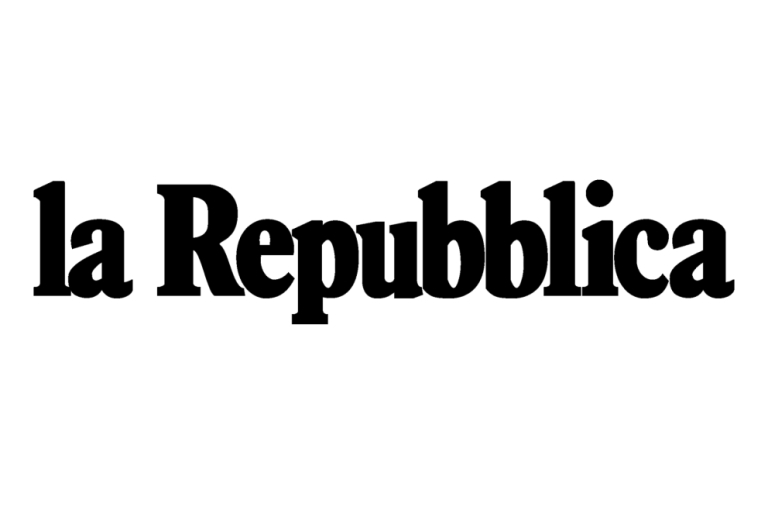Don’t worry about another debt crisis
by Carlo Cottarelli
Politico, 16th April 2020
* * *
As European economies open the spending taps in order to offset the impacts of the coronavirus pandemic, concerns have naturally turned to mounting public debt. The International Monetary Fund predicts that the public-debt-to-GDP ratio in the eurozone will rise during the next two years even more quickly than it did in the early 2010s at the peak of the global financial crisis. Even so, worries about a new sovereign debt crisis are vastly overblown, for a very simple reason. During the last crisis, governments had to rely on financial markets to buy their bonds. This time, the European Central Bank will finance the rise in public debt. And that makes all the difference.
In the early 2010s, rating agencies downgraded the credit ratings of many eurozone members by several notches, driving up the cost of borrowing and adding to their difficulties. Doing the same today would not be justified. That’s because the programs announced by the ECB in response to the coronavirus are enough to cover vast amounts of new borrowing. This year the ECB, through its new Pandemic Emergency Purchase Programme and other programs, will buy eurozone securities amounting to €1.1 trillion. Of that, some €940 billion are likely to go into government securities (assuming the share of total purchases going into government securities remains broadly in line with past ECB policies). This would be enough to finance in its entirety an average eurozone fiscal deficit of up to 8 percent or 9 percent of eurozone GDP.
The bank’s purchasing programs will even be enough to cover the needs of highly indebted eurozone members like Italy, which would otherwise be more vulnerable to the risk of downgrades. Net purchases of Italian government paper by the ECB are likely to amount to some 10 percent of Italy’s GDP. This is enough to cover the 8.3 percent deficit projected this year by the IMF, while leaving the ECB room to buy up outstanding debt currently held by financial markets. It’s very possible that, by the end of 2020, Italy’s public debt in the hands of financial markets will even have declined.
When it comes to assessing the risk of a possible default, the fact that the public debt of countries like Italy will be in the hands of the ECB rather than the financial markets is an important distinction. Central banks, even independent ones like the ECB, are public institutions. As such, they are not going to engage in speculative attacks against governments. Moreover, central banks return to the governments, through the distribution of their profits, the interest payments they receive on government securities. So borrowing from central banks does not increase the interest burden for governments. (In the case of the eurozone, governments that borrow from the ECB receive the profits from the loans back, as payments from the ECB to national banks). Altogether, a larger share of public debt held by a country’s central bank lowers significantly the risk of a roll-over crisis, in which countries are unable to secure new loans to cover old debts that need to be repaid.
To be sure, the monetary financing of public deficits, in the eurozone and elsewhere, is not without potential macroeconomic drawbacks. Inflation is the main risk, but one that has little to do with the possibility of a sovereign debt crisis, at least not directly. Broadly, when it comes to the impact on inflation from programs like those announced by the ECB, there are three possible scenarios.
In the first, the money created by central banks stays idle in the economy. This is what has happened during the last decade. Since 2008, the money central banks pumped into the economy has been absorbed by commercial banks without raising lending commensurately. So inflation has remained low in spite of a lot of money having been printed.
In the second scenario, inflation eventually rises, but central banks tolerate such a rise. Higher inflation can actually help reduce public debt ratios through the erosion of public debt in circulation, as happened in the 1970s, thus improving public debt sustainability.
The third scenario is the most worrying: In order to contain inflation, central banks will sell government paper in the market to mop up the excess liquidity. Only in this third scenario, the issue of debt sustainability would become relevant. However, the experience of recent pandemics tells us that, once the health emergency is over, the economic recovery can be fast, and the recovery can help bring down public debt ratios. Thus, central banks may be, at least, buying time for governments to eventually bring down public debt.
Economic textbooks emphasize the difference between the macroeconomic consequences of financing high deficits by borrowing from financial markets and by borrowing from the central bank, which can also be thought of as simply printing more money. While both approaches have drawbacks, this distinction should not be ignored. In the case of the coronavirus, it means we have one less thing to worry about.






